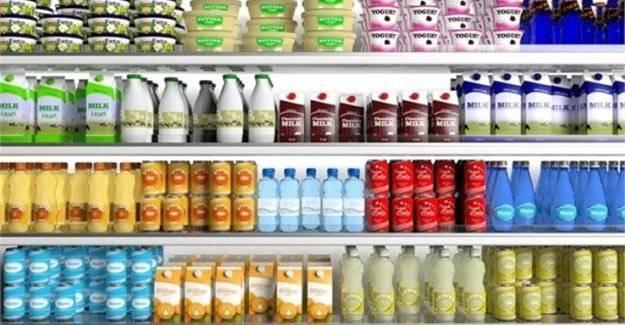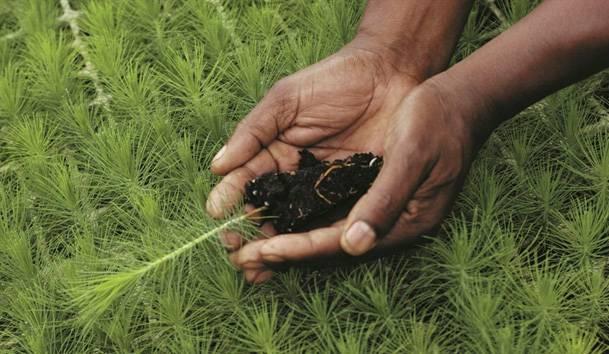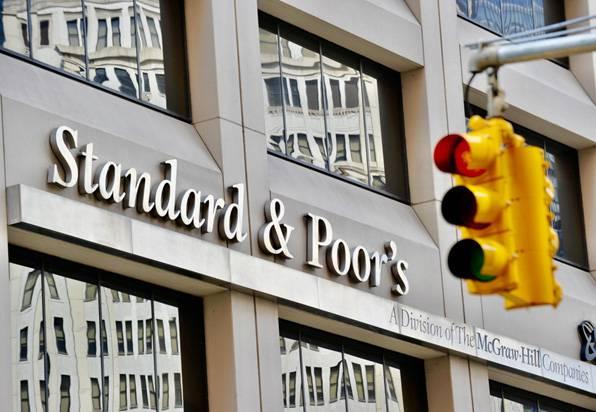
6 minute read
S&P lowers Zambia’s rating to Selective Default
Credit rating agency Standards and Poor’s has lowered Africa’s second largest copper producer’s credit assessment to Selective Default – SD from ‘CCC-‘. This is S&Ps third rating adjustment of the copper producer this year and the second in the second half of the year. Barely a week after Zambia’s solicitation request to dollar bond holders on coupon payment freeze from 14 October 2020 to 14 April 2021, S&P ebbed the red metals credit rating to ‘CCC-‘ from ‘CCC’ with negative outlook after Fitch rating agency the same week slid the Southern African nation deeper into junk at ‘C’ from ‘CC’ aligning to Moodys ‘Ca’ rating levels a notch above default.
A selective default rating is one assigned when a counterpart has or is likely to default on specific class of policies yet continues to meet its obligations with other classes. It includes the completion of a distressed debt restructuring.
Advertisement
IN THE LABYRINTH OF FISCAL FRAGILITIES
The copper producer is in the labyrinth of fiscal fragilities following amplification of already existing balance sheet vulnerabilities in disease
pandemic period. According to a press release shared on the London Stock Exchange, Zambia is in arrears with Chinese creditors while simultaneously in talks with bondholders for 6 months coupon reprieve which was pushed back for lack of transparency in overall creditor engagement. The red metal producer got a life line recently with the voting date by bond holders pushed to 13 November coinciding with the grace period for payment of its coupon interest on a 2024 bond for $42.5million.
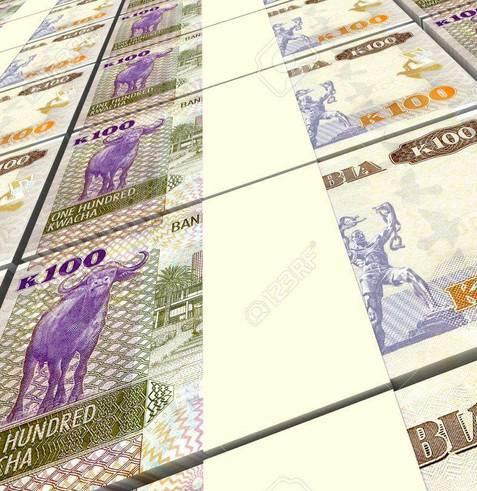
NO FISCAL SPACE STANCE BY MINFIN
The MinFin in a note signed by the Secretary to the Treasury Fredson Yamba said they had no fiscal space and would not be paying any of the existing creditors should the standoff not be successful. Zambia in June hired the best investment banker for restructures; Lazard Frere’s to help with restructure of its liabilities. Zambia in June commenced talks with the Washington based lender IMF for a bailout package whose discussions will only proceed after successful debt restructure. MinFin head Dr. Bwalya Ng’andu told investors on 29 September that the copper producers debt to GDP ratio had ballooned to 104% and that external debt stock stood at $11.97billion.
Other rating agencies are expected to follow suit in the week. As at 10.46pm yields on Zambia’s 2022 were 60.853%/56.239%, 2024 – 41.171%/38.561% and 2027 – 29.965%/27.921% in bid/ask.
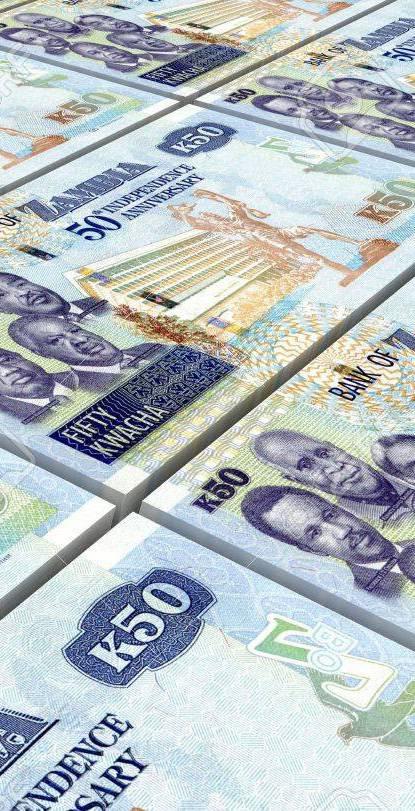
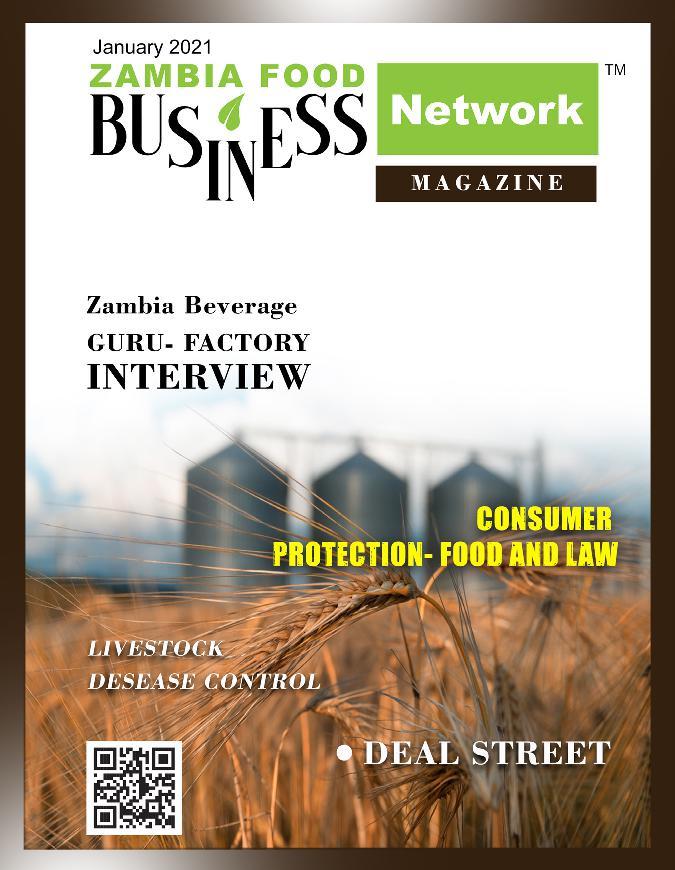
ADVERTISE YOUR PRODUCTS IN OUR JANUARY 2021 ISSUE
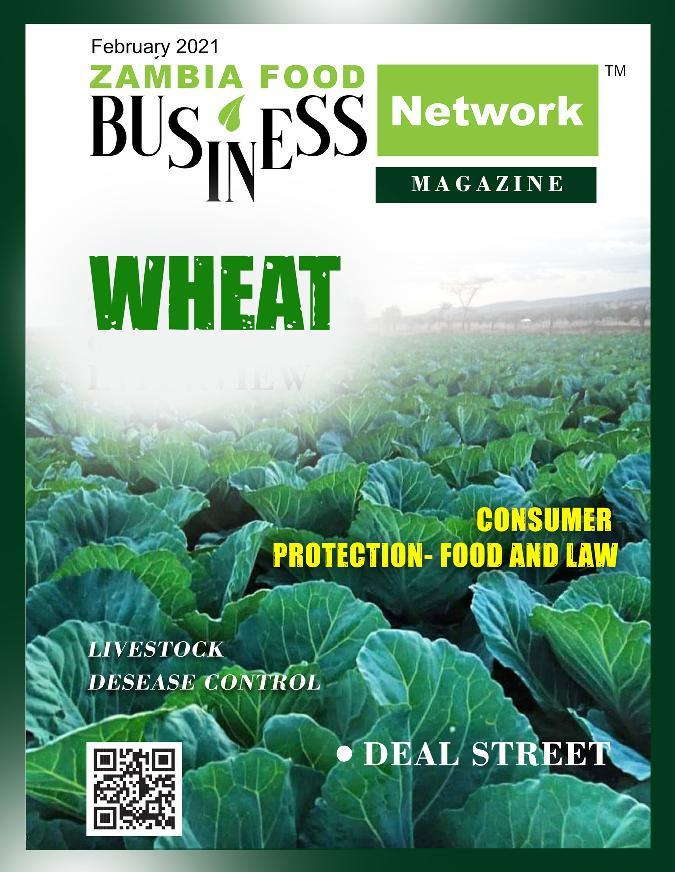

Agriculture
Global Food Prices Rise by 3.9%
Global food commodity prices rose sharply in November to their highest level in nearly six years, according to a benchmark United Nations report released today.
The FAO Food Price Index averaged 105.0 points during the month, up 3.9% from October and 6.5% higher than its value a year earlier. The monthly increase was the sharpest since July 2012, putting the index at its highest level since December 2014, the Food and Agriculture Organization said.
The index tracks changes in the international prices of the most globally traded food commodities. All of its sub-indices rose in November.
The vegetable oil price index gained a stunning 14.5% in the month, led by an ongoing rally in palm oil prices linked to sharp contractions in world inventory levels.
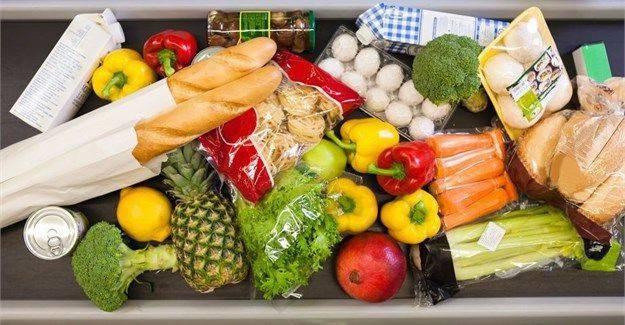
The cereal price index rose 2.5% from October and averaged 19.9% higher than in November 2019. Wheat export prices rose, linked to reduced harvest prospects in Argentina, as did maize prices on account of lower output expectations in the United States of America and Ukraine as well as large purchases by China. International rice prices held steady during the month.
The sugar price index rose 3.3% month-on-month amid growing
expectations of a global production shortfall in the upcoming marketing season as unfavorable weather conditions drove weaker crop prospects in the European Union, the Russian Federation and Thailand.
purchases from China. The dairy price index increased 0.9% to near an 18-month high, driven largely by firmer butter and cheese prices and surging retail sales in Europe
the levels of global food insecurity. The pandemic be in need of external assistance for food, according during a seasonal low period for milk production in the region.
The meat price index rose 0.9% from October, but it is still 13.7% below its value a year ago. Prices of bovine, ovine and pig meats all increased, while those of poultry meat declined.
FAO trims world 2020 cereal output forecast
FAO has further lowered its forecast for global cereal production in 2020, which now stands at 2 742 million tonnes - still a record high and 1.3% above the previous year’s outturn. According to the report, aggregate cereal production 2020/21 marketing year are estimated to rise to 73.9
The new forecasts released today with FAO’s Cereal Supply and Demand Brief point to world coarse grains production of 1,470 million tonnes, wheat production of 761.7 million tonnes, and rice output of 508.4 million tonnes.
Looking ahead, planting of the northern hemisphere’s winter wheat crop is underway and remunerative prices are expected to increase sowings in several major producing countries. However, crop conditions in the United States of America are moderately poorer due to dry weather conditions, influenced by comfortable level. World trade in cereals in 2020/21 is forecast to rise 3.4% from the previous year to 454.6 million tonnes, driven primarily by a faster than expected pace in maize sales by the U.S.A. and continued strong
Covid-19, La Niña and food insecurity
The impact of the Covid-19 pandemic, particularly in terms of income losses, is an important driver of is exacerbating and intensifying already fragile conditions caused by conflicts, pests and weather shocks, including recent hurricanes in Central America and floods in Africa.
Forty-five countries, 34 of them in Africa, continue to to the quarterly Crop Prospects and Food Situation report, also published today by FAO’s Markets and Trade division.
by the 51 Low-Income Food-Deficit Countries is anticipated to grow this year to 496.3 million tonnes - some 7% higher than the last five-year average - thanks to large outputs in Southern Africa and Far East Asia. However, cereal import requirements in the the prevailing La Niña weather phenomenon.
million tonnes, mostly reflecting increased needs among sub-Saharan African countries.
World cereal utilization in 2020/21 is now forecast to rise to 2,744 million tonnes, up 1.9% from 2019/20, led by expectations of increasing feed use of maize and sorghum in China as well as a rise in the production of maize-based ethanol in Brazil and the U.S.A.
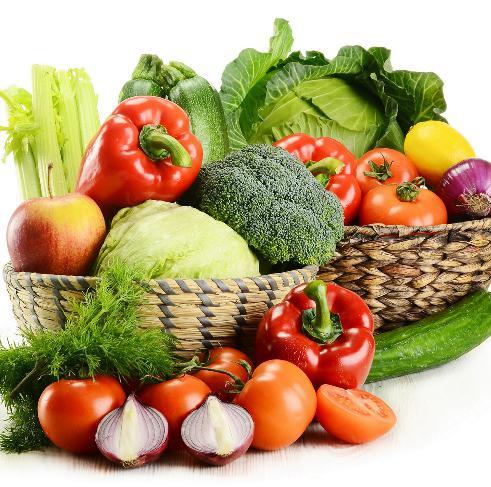
Worldwide cereal stocks by the close of seasons in 2021 are predicted to decline to 866.4 million tonnes, translating into a global stock-to-use ratio of 30.7% - which FAO notes is a five-year low but still a relatively


